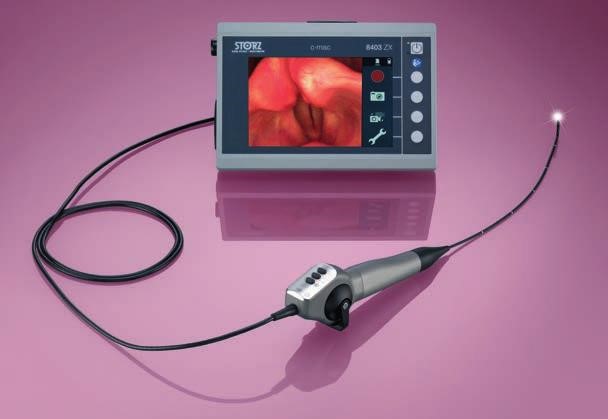
Sleep nasal endoscopy/ Drug Induced Sedation Endoscopy
A sleep nasal endoscopy SNE (also called drug induced sedation endoscopy – DISE) is a minimally invasive medical procedure that involves using a thin, flexible tube with a light and camera (an endoscope) to examine the nasal passages and upper airway while a person is asleep.
I like to perform this procedure to evaluate the specific anatomical cause of snoring and/ or obstructive sleep apnoea (OSA) for all patients who would like to consider a surgical correction for their problem.
The patient will be given a mild anaesthetic agent to induce sleep and snoring. I will then pass the endoscope carefully through the nostrils, to visualize the structures in the nasal and upper airway regions and record how they collapse or narrow during sleep. I will assess the effect of jaw position and sleep posture on the airway at the same time.
Sleep nasal endoscopy is particularly useful for assessing the dynamic pattern of obstruction by soft tissue structures like the soft palate, uvula, tonsils and tongue base during sleep. Such patterns of collapse will not be apparent whilst awake.
Treatment options for disordered breathing during sleep may include lifestyle changes, positional therapy, continuous positive airway pressure (CPAP), oral appliances, or surgical interventions. The data from an SNE will help me determine a specific and unique treatment plan for my patient.
It’s extremely safe with very little specific risks, although very rarely it may cause a self-limiting nose bleed.
